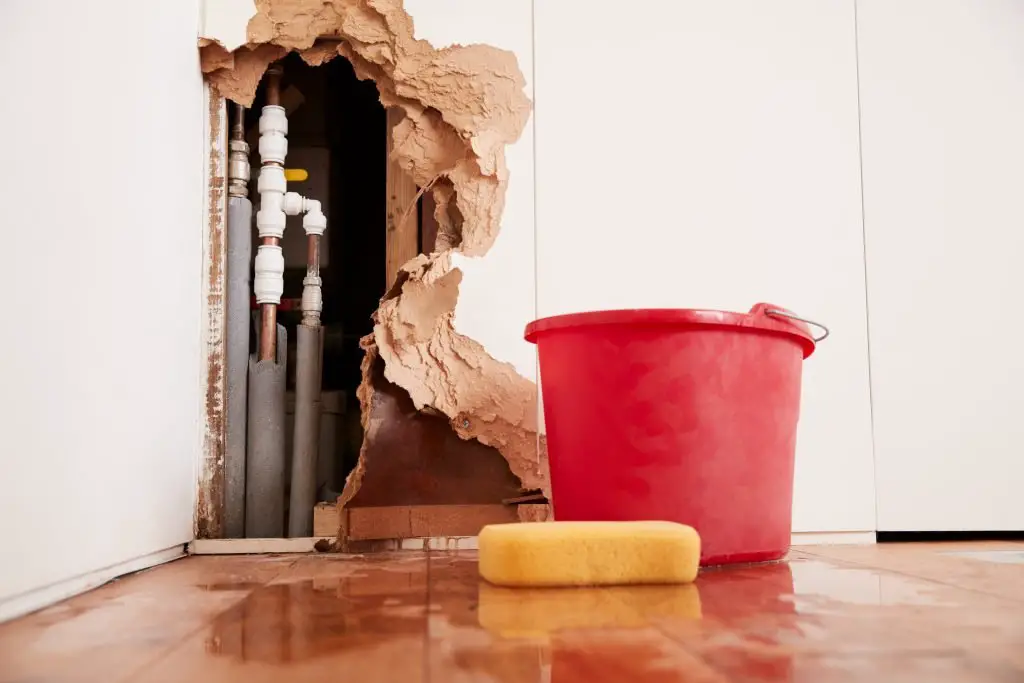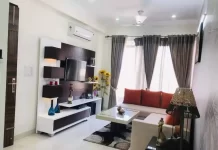Water seeping through a wall, or water moving from one location to another, is caused by the presence of small holes in the wall or porous materials. The most prevalent structural problem experienced by property owners is water seeping through the wall.
Damage from seepage of water is nearly unhealable, and it must be repaired each season by repainting the walls. Preventing water seepage issues during construction is one way to avoid them later on. The structural integrity of your building will be preserved as a result of this.

Causes of seepage in wall
Wall leakage can be caused by the use of subpar raw materials or by failing to take water proofing measures seriously enough throughout the construction process. Water and moisture can seep into concrete structures that are exposed to the elements for lengthy periods of time, which can cause cracks to form in the exterior layer of the structure. The walls become moist as a result of this seepage. If a leaky wall is not repaired in a timely manner, moisture will seep into the interiors, destroying the paint on the walls.
When water seeps through a wall, it can cause damage to your home.
The aesthetic of your home and your health might be negatively impacted by water seeping through the walls. In addition to looking bad, wet walls and floors can have a negative impact on your health. When water seeps through a wall, it damages the paint, the wallpaper, and in some circumstances, the tiles themselves. Furniture (especially wooden ones) might become ruined if this is done on a regular basis at home. Mold and fungus can grow on damp walls, which can have a negative influence on your health. The foundation of a house, including the iron bar, the bricks, and so on, can be damaged by water seeping into the walls.
How do you cover up a leak in the wall?
Your house will seem shabby if water seeps through the wall. If you want to treat the seepage in your wall but keep it hidden so it doesn’t appear bad, we have some suggestions for you.
- Sofas can be used to cover seepage in the lower half of a wall if it is located at the bottom of the wall. The sofa should not be placed directly against the wall, and it should also not be made of wood or iron, as these materials can be impacted by water seepage in the wall.
- You can use a wall painting frame to conceal seepage in the wall’s upper half if it’s there.
- You can also use wallpaper to hide areas where water seeps through the wall.
- There is a growing trend for vertical gardens these days, and they can also be used to hide up holes in walls.
How to prevent
In the kitchen and bathroom, use exhaust fans to guarantee enough ventilation. As a means of preventing water from seeping into the walls, this is done.
Laundry drying indoors is a bad idea since it adds a lot of moisture to the air. A dehumidifier is another option for keeping the air dry and reducing water seepage in the walls.
Winters are the worst time of year to paint the walls, as this can cause a lot of humidity in the walls and lead to water seepage.
When you can open the doors and windows, painting is the best option.
It’s important to make sure that any steam generated inside your kitchen is quickly removed to keep your walls dry and prevent water from seeping through.










